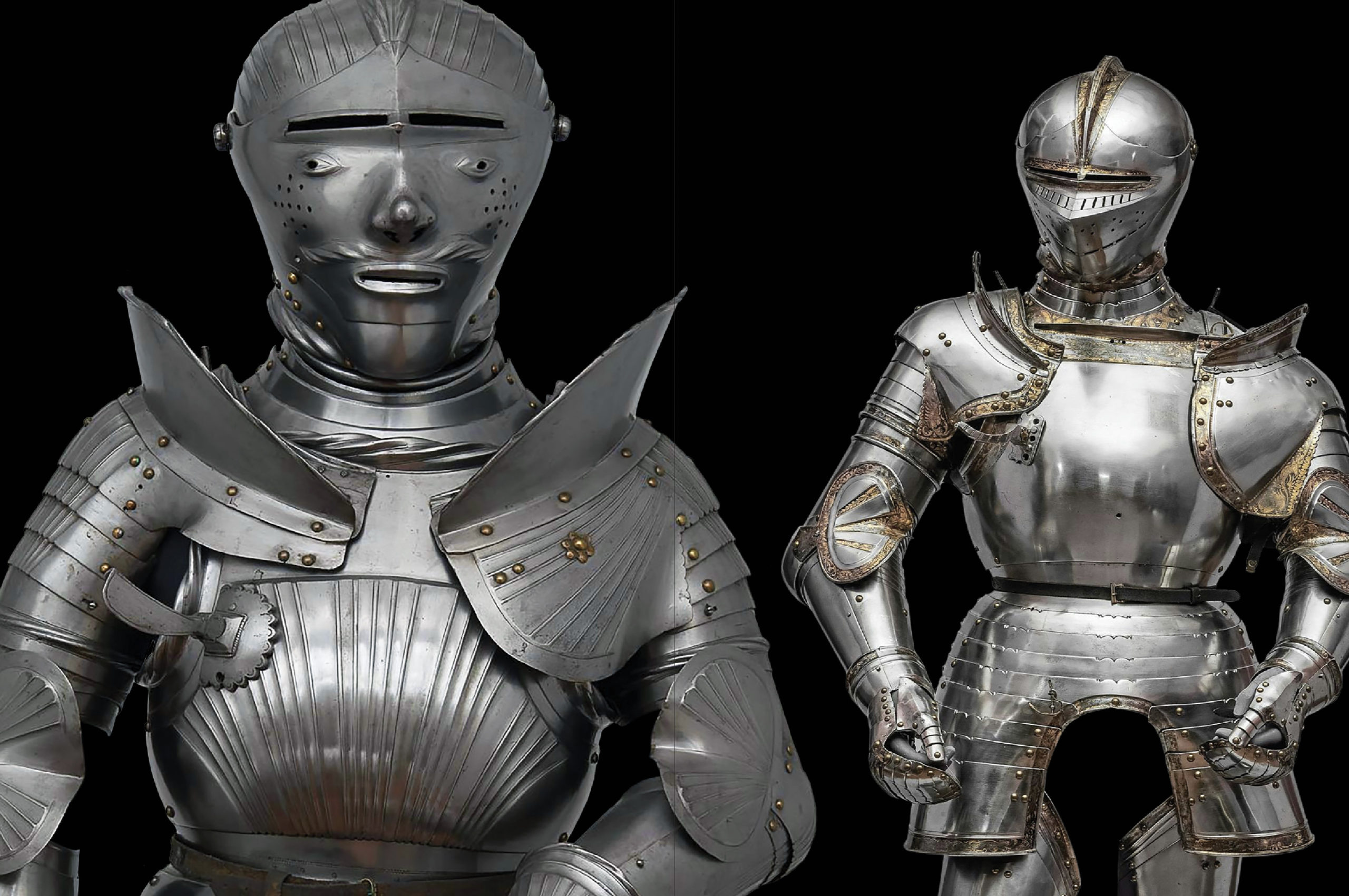Mastering Medieval Knights: Armor, History, and Legacy

Imagine a figure clad in gleaming steel, mounted on a powerful warhorse, the epitome of medieval military might. Medieval knights in armor, figures steeped in both history and legend, dominated the battlefields of Europe for centuries. Their iconic image continues to fascinate us today, appearing in movies, video games, and literature. But what was the reality behind the romanticized image? This exploration delves into the evolution of the medieval knight, from their origins to their eventual decline, examining their armor, their role in society, and their lasting legacy.
The story of medieval armored knights begins in the early Middle Ages. Initially, knights were primarily mounted warriors, often drawn from the nobility. Their increasing importance on the battlefield spurred the development of specialized equipment, most notably their armor. Over time, chainmail evolved into plate armor, offering increasing protection. The cost of this equipment and the training required to use it effectively contributed to the knightly class's rise in social and political power.
The development of medieval knight armor was a continuous process, driven by the need for improved protection against increasingly sophisticated weaponry. Early forms of armor included chainmail, consisting of interlinked metal rings. This provided flexible protection but was vulnerable to piercing weapons. Later, plate armor emerged, offering superior defense against both slashing and piercing attacks. The weight and cost of full plate armor made it exclusive to the wealthy elite, further cementing the knight's status as a symbol of power and prestige.
Medieval knights' societal importance extended far beyond the battlefield. They played a critical role in the feudal system, holding land in exchange for military service to their lords. This system shaped the social and political landscape of medieval Europe. Knights were expected to uphold a code of chivalry, emphasizing honor, courage, and loyalty. However, the reality often fell short of this idealized image, as knights were also involved in feuds, raids, and other forms of violence.
Understanding the evolution of medieval knight armor is crucial to comprehending their military effectiveness and their impact on medieval warfare. The transition from chainmail to plate armor was a significant development, influencing battlefield tactics and strategy. The increasing cost and specialization of armor also had broader societal implications, contributing to the development of professional armies and the gradual decline of the feudal system.
The benefits of a knight’s armor were threefold: increased survivability, improved combat effectiveness, and a psychological advantage. The armor protected them from arrows, swords, and other weapons, allowing them to stay in the fight longer. This protection also allowed them to be more aggressive in combat, knowing they were better shielded from harm. Finally, the imposing sight of a fully armored knight could intimidate opponents and bolster the morale of friendly troops.
Real examples of famous medieval knights include William Marshal, 1st Earl of Pembroke, a renowned knight and statesman; Edward, the Black Prince, known for his military prowess during the Hundred Years' War; Bertrand du Guesclin, a French knight who fought against the English; John of Arc, a French peasant girl who rose to prominence as a military leader; and Geoffrey de Charny, author of several books on chivalry.
Advantages and Disadvantages of Plate Armor
| Advantages | Disadvantages |
|---|---|
| Excellent protection against cuts and thrusts | Restricted mobility and flexibility |
| Deflection of projectiles | High cost and maintenance |
| Psychological impact on opponents | Susceptibility to blunt force trauma |
| Protection against falls from horseback | Risk of overheating and exhaustion |
Frequently Asked Questions about Medieval Knights:
1. What kind of training did knights undergo? Extensive training from a young age, including horsemanship, swordsmanship, and combat tactics.
2. What was the role of chivalry? Chivalry was a code of conduct emphasizing honor, courage, courtesy, and loyalty.
3. How long did it take to put on a full suit of armor? With assistance, approximately 30 minutes to an hour.
4. Could knights swim in armor? It was difficult and dangerous, but sometimes necessary.
5. What weapons did knights use? Swords, lances, maces, axes, and daggers.
6. Were all knights noblemen? While most were from noble families, some commoners could rise to knighthood through exceptional service.
7. What happened to knights after the Middle Ages? The role of knights diminished with the advent of gunpowder and professional armies.
8. Where can I learn more about medieval knights? Books, museums, historical sites, and online resources offer vast amounts of information.
In conclusion, the medieval knight in armor represents a pivotal figure in European history. From their origins as mounted warriors to their evolution into a powerful social class, knights shaped the political and military landscape of the Middle Ages. While their armor provided substantial advantages on the battlefield, it also came with its limitations. The romanticized image of the chivalrous knight often clashes with the realities of medieval warfare and society. Nevertheless, the legacy of these armored warriors continues to capture our imagination, reminding us of a fascinating era of history. Exploring the history and development of medieval knights and their iconic armor allows us to appreciate the complexities of this era and understand its lasting impact on the world we live in today. To delve deeper into this captivating subject, consider visiting local museums, exploring historical texts, and engaging with online resources dedicated to medieval history.
A rock icons legacy mourning a music legends departure
Sherwin williams sea salt paint color review a comprehensive guide
Conquer any terrain your guide to buying a used chevy silverado 1500 4wd












